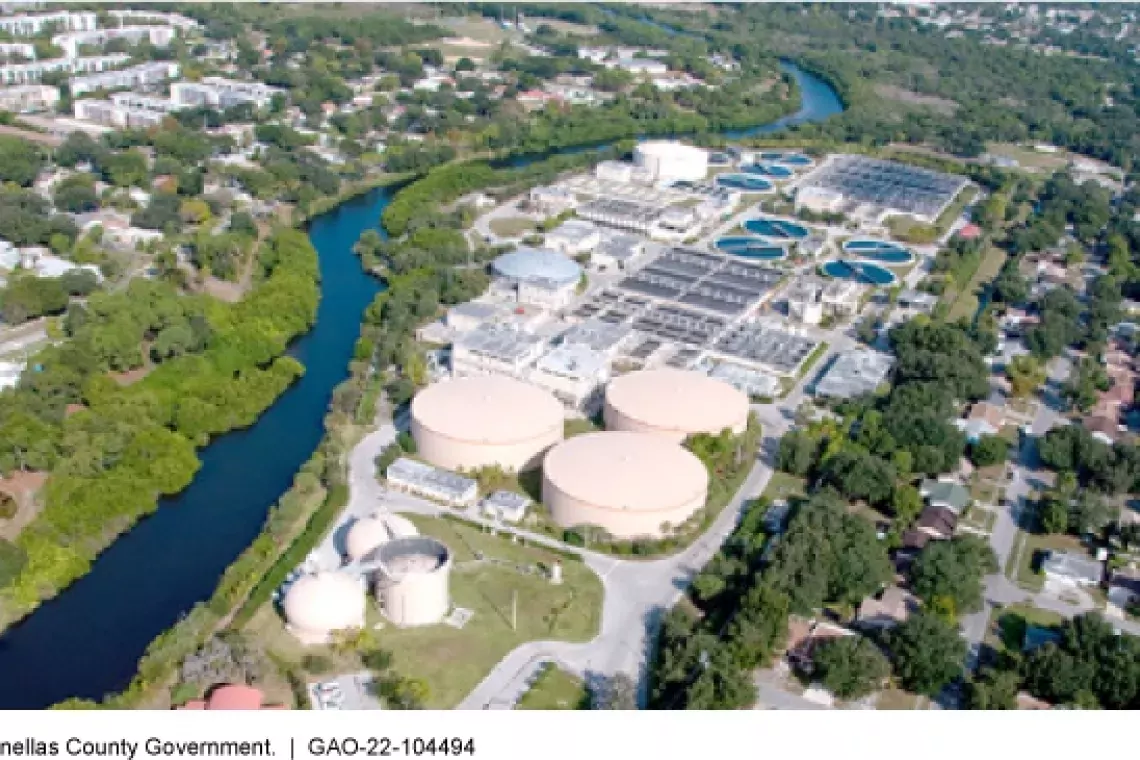EPA’s New Chemicals Program Could Improve Safety If Better Managed
Chemicals are everywhere. From the laundry detergents and cleaning supplies we use at home to the pesticides used on crops. Some of the chemicals used in industrial, agricultural, or other sectors pose risks to the environment and human health.
A federal program run by the Environmental Protection Agency aims to help manage the potential risks from chemicals before they enter the marketplace. Today’s WatchBlog post looks at our recent report on this program.
Image

How does EPA screen new chemicals for safety and potential hazards?
The Environmental Protection Agency is tasked with assessing and regulating chemicals for safety. Last fiscal year, EPA’s New Chemicals program received more than 2,600 applications (known as notices) for new chemicals that needed review.
New chemicals are assessed through a 13-step process that includes an eco hazard review, a human health hazard review, and several other risks assessments. These include assessments about accidental releases in different settings—such as a workplace or among the general population.
For our recent report, we reviewed EPA’s efforts and interviewed some chemical manufacturers that had submitted notices for new chemicals. Many of the manufacturers cited strengths in the program. For example, some said that EPA provided useful information on the process and what’s expected from applicants.
But some manufacturers also said they experienced delays that have impacted their businesses—including by harming customer relations and hindering their ability to enter the market. This could create a competitive advantage for existing chemicals at the expense of potentially safer new chemicals.
What can EPA do to improve its process?
One of the key goals of the New Chemicals program is to help address capacity issues at EPA that have limited its ability to assess new chemicals and manage applications more quickly.
EPA is required to make a determination on a new chemical application within a 90-day review period. But in 2023, we found that this deadline was met less than 10% of the time.
Last summer, EPA drafted a plan to improve the performance of its program. But when we looked at this plan, we found it missed opportunities to incorporate key management and assessment practices. For example, EPA did not involve manufacturers and other stakeholders in developing the plan to get their views about existing challenges. EPA’s plan also failed to identify the resources it would need to achieve the program’s goals.
In our recent report, we made recommendations to EPA for how it could address these issues. Learn more about EPA’s New Chemicals program and our recommendations by checking out our full report.
- GAO’s fact-based, nonpartisan information helps Congress and federal agencies improve government. The WatchBlog lets us contextualize GAO’s work a little more for the public. Check out more of our posts at GAO.gov/blog.
- Got a comment, question? Email us at blog@gao.gov.
GAO Contacts
Related Products

GAO's mission is to provide Congress with fact-based, nonpartisan information that can help improve federal government performance and ensure accountability for the benefit of the American people. GAO launched its WatchBlog in January, 2014, as part of its continuing effort to reach its audiences—Congress and the American people—where they are currently looking for information.
The blog format allows GAO to provide a little more context about its work than it can offer on its other social media platforms. Posts will tie GAO work to current events and the news; show how GAO’s work is affecting agencies or legislation; highlight reports, testimonies, and issue areas where GAO does work; and provide information about GAO itself, among other things.
Please send any feedback on GAO's WatchBlog to blog@gao.gov.




